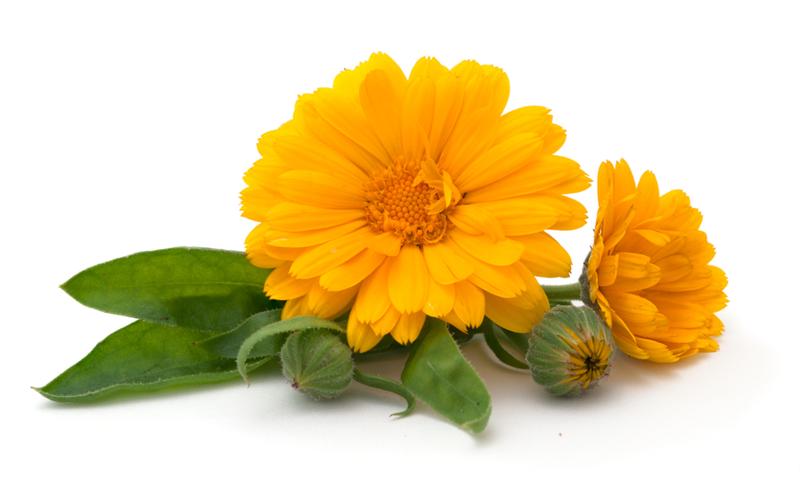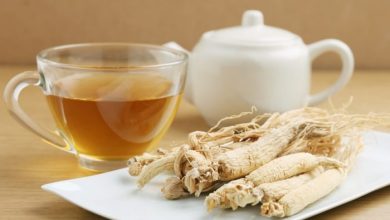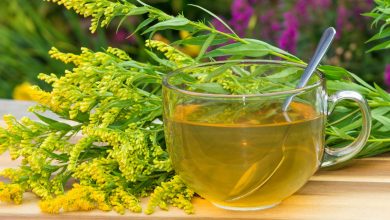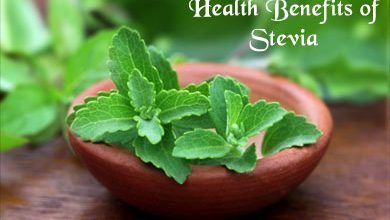Calendula

What is Calendula?
Calendula is an annual plant whose common name is the same as its scientific name: Calendula officinalis. It is also referred to as pot marigold and its flowers have been used for medicinal purposes for hundreds of years. Though it is native to the Mediterranean countries it can be grown in any kind of soil, therefore it is now grown all over the world.
Calendula is chock full of plant based anti-oxidants called flavonoids that protect cells from free radical damage. It also has anti-inflammatory, anti-viral and anti-bacterial properties that make it ideal for wound healing. Not only does it protect wounds from infections but also speeds up their healing by bringing more oxygen to the affected site. These are the reasons that its dried petals are frequently used to make tinctures, ointments, and washes to treat bruises, burns, and cuts. Although traditionally it was used for several conditions such as upset stomach, ulcers, and menstrual cramps, but today it is often used just topically.
Benefits of Calendula
- It can be used to make the skin look beautiful and young. When applied topically it has the effect of hydrating and nourishing the skin. It also keeps the skin firm which reduces the appearance of wrinkles
- It acts as a natural anti-microbial and anti-septic which keeps wounds clean and infection free
- It can provide relief from hemorrhoids by applying it directly to the affected area
- It speeds up wound healing and new tissue formations by increasing blood and oxygen flow to the wounded area
- It can be applied to sunburns and first degree burns to help them heal
- It provides relief to babies suffering from diaper rash
- It reduces skin inflammation in breast cancer patients undergoing radiation therapy
- It can be used in the form of ear drops to fight ear infections
By : Natural Health News




